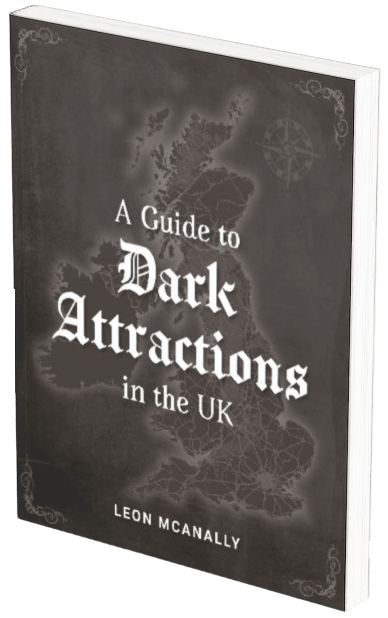What is Dark Tourism?
“Dark tourism” is not a widely known term even in today’s society; you might visit sites and not realise they’re considered dark tourism.
It’s sometimes our human instinct that drives us to visit sites that are linked to tragedies and death.
It's not a new phenomenon either. Dark tourism has been taking place since Roman times when people would attend the a coliseum to see gladiator battles. Then in Victorian days when public executions was considered as a day’s outing. And more recently, people flocking to places where disasters and wars have taken place.
Tourism to these sites raise several controversial questions, such as 'Is social media exploiting these places?'. For example, when Chinese tourists arrived outside the Grenfell Tower to take pictures. It caused upset and anger.
However, tragedies that do take place need to be remembered as a learning tool, so they do not happen again, but are respected at the same time.

A Guide to Dark Attractions in the UK was written to help in shed new light on dark tourism attractions within the UK.
Acting as a guidebook to attractions that the UK does hold that are possibly overlooked by overseas tourists as well as people who even holiday within their own country. This is because people who visit the UK spend their majority of their time in London, possibly because of how the UK has been marketed to the overseas traveller, and people who stay with in the UK don’t visit sites that are even on their own doorstep.
Sign up to the newsletter and be the first to hear the latest updates.




